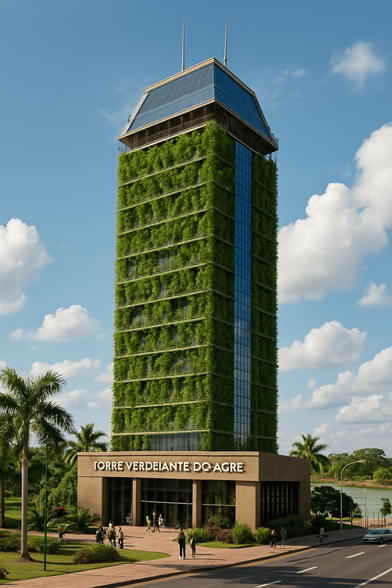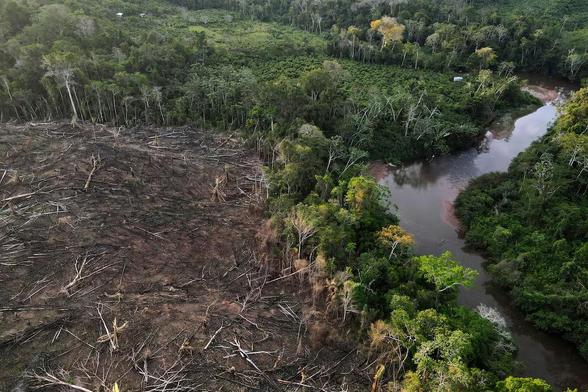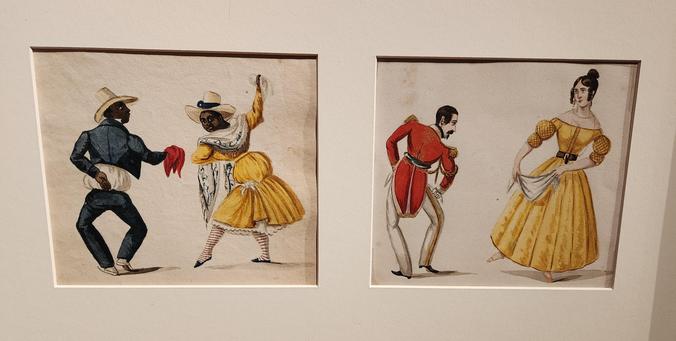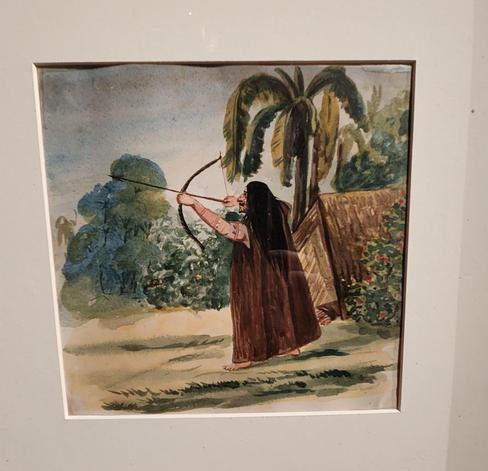---
🏢 Torre Verdejante do Acre
Name: Torre Verdejante do Acre
Location: Downtown Rio Branco, Acre
Height: 120 meters (30 floors)
Architectural style: Futuristic Amazonian bioarchitecture
Fictional opening year: 2032
Function: Mixed use – business, residential, and sustainable
Features:
Facade covered in native Amazon rainforest vegetation (vertical gardens)
Solar panels integrated into mirrored glass
Rainwater harvesting and internal reuse
Lookout point at the top with panoramic views of the Acre River
Interactive museum on the ground floor with exhibits on Acre's indigenous culture and biodiversity
---
If you'd like, I can generate an image of this fictional building in Acre. Would you like to see it?
#Acre #Brazil #RioAcre #fictionalbuilding #Building #BuildingAcre #Night #Light #Day #TorreVerdejantedoAcre #DowntownRioBrancoAcre #RioBranco #AcreRiver #amazonia #amazonian #Year2032 #Amazon #GhatGPT #Photo #BuildingBrazil #BuildingNight #BuildingDay #BuildingLight #StateAcre #AcreNight
#ALERTA en la #Amazonía: El Gobierno de Perú planea expandir las plantaciones de palma aceitera sin consultar a comunidades indígenas
👉 https://avispa.org/?p=119885
#Perú #Lima #Amazonian #PueblosIndígenas #Latinoamérica #Americalatina #PalmaAceitera #RSPO #PalmaAfricana #Cop30 #amazonia latinoamericano #amercalatina
Massive #geoengineering in the ancient #Amazonian habitat
'...ancestral Amazonians systematically built up large urban centres and engineered the habitat to their needs and appetites with composted gardens, fisheries, and forests groomed into orchards in complex, sustainably run systems – which could offer lessons for modern cities.'
#Genomic analyses reveal #human activity's vital role in #Amazonian species' #genetic makeup.
#conservation #biodiversity #Indigenous_management #Bertholletia
https://phys.org/news/2025-01-genomic-analyses-reveal-human-vital.html
https://doi.org/10.1186/s12866-024-03741-3
Harnessing the synergy of Urochloa brizantha and Amazonian Dark Earth microbiomes for enhanced pasture recovery - BMC Microbiology
Amazonian Dark Earths (ADEs) are fertile soils from the Amazon rainforest that harbor microorganisms with biotechnological potential. This study aimed to investigate the individual and potential synergistic effects of a 2% portion of ADEs and Urochloa brizantha cv. Marandu roots (Brazil’s most common grass species used for pastures) on soil prokaryotic communities and overall soil attributes in degraded soil. We conducted a comprehensive plant succession experiment in the greenhouse, utilizing vase soil samples for next-generation sequencing of 16 S rDNA, enzymatic activity assays, and soil chemical properties analysis. Univariate and multivariate analyses were performed to understand better the prokaryotic interactions within soil environments influenced by ADEs and U. brizantha roots, including differential abundance, diversity, and network analyses. Our findings reveal a complementary relationship between U. brizantha and ADEs, each contributing to distinct positive aspects of soil bacterial communities and quality. The combined influence of U. brizantha roots and ADEs exhibited synergies that enhanced prokaryotic diversity and enzyme activity. This balance supported plant growth and increased the general availability of beneficial bacteria in the soil, such as Chujaibacter and Curtobacterium while reducing the presence of potentially pathogenic taxa. This research provided valuable insights into the intricate dynamics of plant-soil feedback, emphasizing the potential for complementary interactions between specific plant species and unique soil environments like ADEs. The findings highlight the potential for pasture ecological rehabilitation and underscore the benefits of integrating plant and soil management strategies to optimize soil characteristics.
Another Slovak genius Dasa #Bombjakova has beautiful material in her stunning ph.D on #BaMbendjele women's use of #cosmetics to create coalitions. Besides #African hunter-gatherers, there would be soooooo much to say on #Amazonian cultures. And it goes around the world.
Our colleague Ian #Watts (world expert on #ochre) is just about to publish wonderful ethnography on plant-based #pigment use and social contexts. Will be linking that up ASAP!
#Paddler Nanda Baniwa, the only #Indigenous member of the #Brazilian delegation competing in the #Hawaiian #CanoeWorldChampionships (VA’A) in #Hawaii, shared on her social networks an experience of #discrimination she faced when she arrived in the #UnitedStates. During #immigration, her #headdress was #seized.
For the #Amazonian woman who lives in #Pará, the #cocar (headdress) is not just an ornament, but a symbol of her identity, struggle and culture, which were hurt at the time. She pointed out that, as well as #racism being hard enough to deal with, suffering discrimination without being able to react and just letting it happen is a distressing experience.
“My headdress is my great ally in my struggles, it’s part of me. And since the origin of everything, it belongs to us, and that’s how it is for all native peoples”, she shared.
--
https://doi.org/10.1038/s43247-024-01530-4 <-- shared paper
--
https://phys.org/news/2024-07-severe-droughts-limit-amazonian-communities.html <-- shared technical article
--
#GIS #spatial #mapping #Brazil #Amazon #Amazonian #drought #spatialanalysis #spatiotemporal #reporting #media #climatechange #climate #hydrology #water #precipitation #waterresources #watersecurity #navigation #transportation #trade #river #riverine #extremeweather #firstnation #tribes #indigenous #subsidence #settlements #communities #gauge #publichealth #disasterresponse #mitigation #planning








